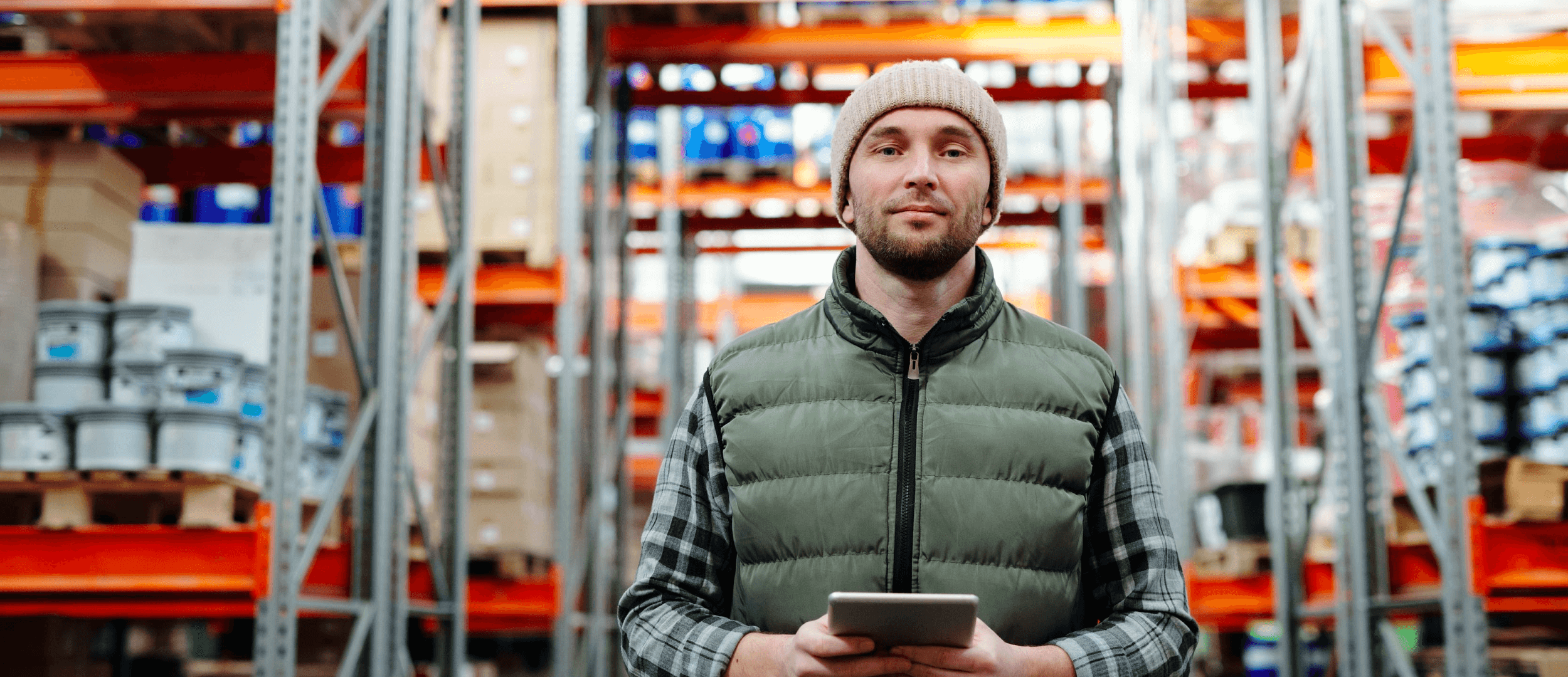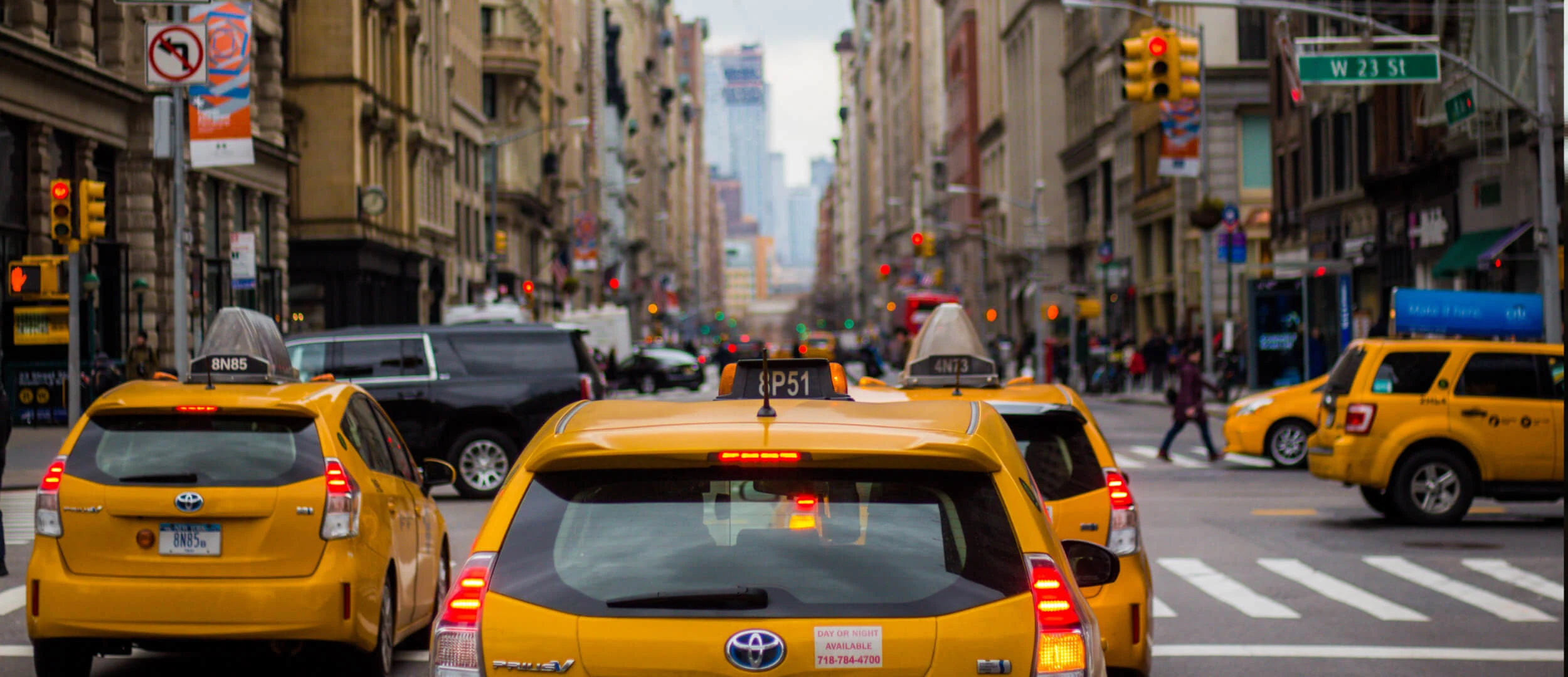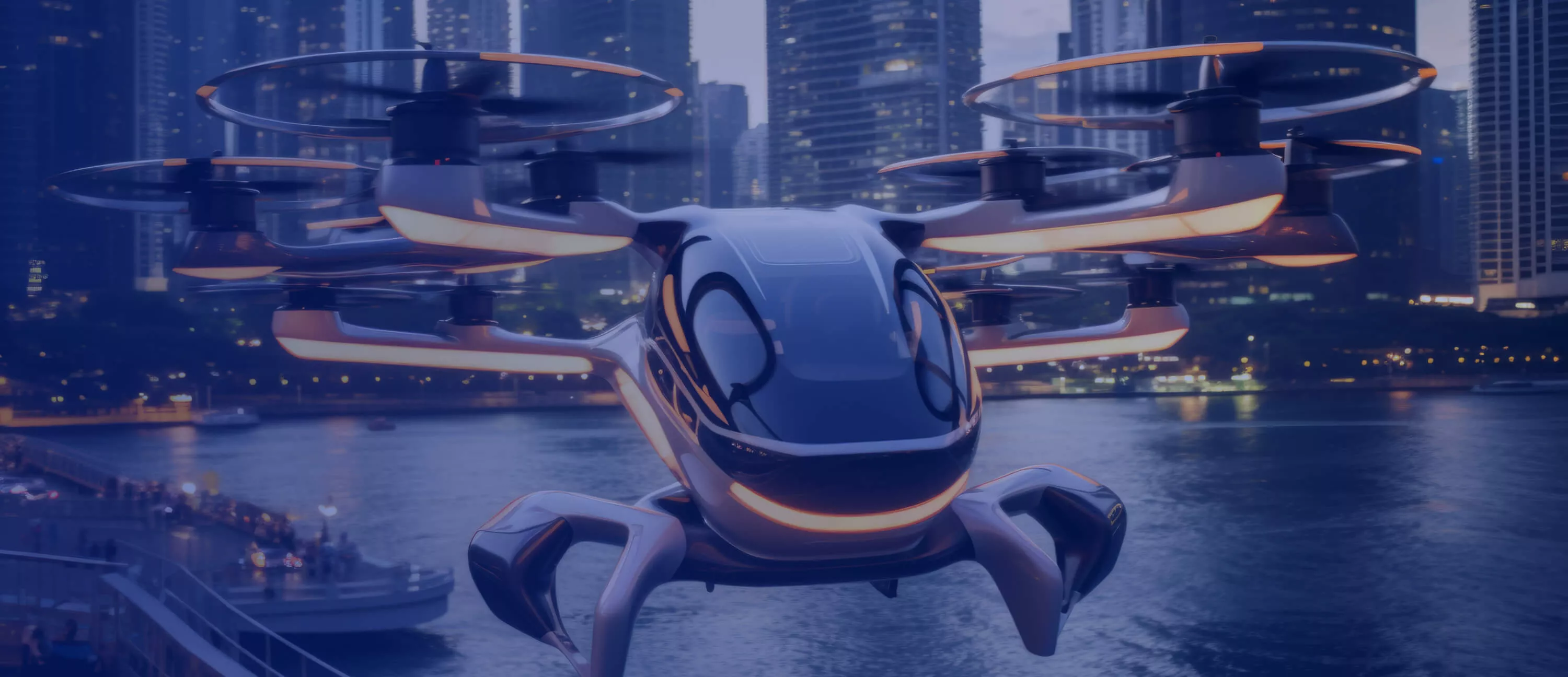
In this article, we’ll find out what the current trends transforming the transportation industry outlook, interesting statistics, and which upcoming winning strategies will lead the entire transport sphere.
Stfalcon has vast experience in car rental websites and services development - delivering smooth, user-friendly platforms to customers within the automotive rental industry. Our solutions simplify the booking process, enhance user experiences, and ensure operational efficiency that helps businesses drive growth and customer satisfaction.
What the Transportation Industry Includes in 2025
The transportation industry is an important industrial sector in the economy that deals with the movement of people and products. These include airlines, railroads, shipping, trucking, logistics firms, and which provide transportation infrastructure.
Shipping goods is a significant part of the economy in each country. Unfortunately, the war between Russia and Ukraine disrupted the chances for the global economy to quickly recover from the COVID-19 pandemic. It led to multiple sanctions on different countries and supply chain disruptions. It all caused inflation and influenced many markets all over the world.
Still, the previous year, the global truck transport market size grew at a CAGR of 8.7%. It grew from $1.840 trillion in 2022 to over $2 trillion in 2023 and is projected to continue its growth at an 8.1% GAGR till 2027.
Want to bring the latest trends into your product?
Let’s build a smart, scalable system — from GPS tracking to cloud-based fleet tools.
Alina
Client Manager

The Major Trends In Transportation 2025
The key to success in the transportation business is offering the most cost-effective, flexible, and efficient services. That’s why shipping companies should turn to the latest transportation trends and adopt strategies to outcompete other delivery market players. Let’s get started.
Trend #1: Integrated, Frictionless Travel
The necessity to make travel more smooth and hassle-free is manifested mostly through the rise of mobility-as-a-service (MaaS). This coming year, MaaS goes mainstream. By 2028, Mobility as a Service Market Size is expected to reach multimillion US dollars.
However, the number of the key transportation trends in the industry, combined and aimed at minimal stoppages or checkpoints, result in this one major drift to integrated travel and transportation that focuses on the destination of a person rather than on the mode of transportation. The minor tendencies are infrastructure optimization, mobility hubs for multimodal transportation creation, building platforms for ticketless travel, and the introduction of innovations in micromobility and last-mile connections.
What’s important, MaaS also seeks to provide demand information, transport details, and payment through a single platform. MaaS applications and online solutions are picking up steam, so it’s high time to look in this direction.
Trend #2: The Shift from Mechanical Minds to Digital Brains
AI is not only about text and picture generation. Nowadays, it is revolutionizing global mobility, optimizing traffic and enhancing efficiency. The logistics and transportation sector is seeing a gradual AI adoption, with around 20% of companies using it in some capacity. But in 2025, Artificial Intelligence is going to become the backbone of the E-mobility industry. If you are an experienced hauler or businessman, you know that to cope with the inevitable challenges and meet the changes, you should use your time and resources today. It’ll become a good start for tomorrow’s growth.
Trend #3: Cloud-Based Systems Adoption

One of the biggest transport industry trends is cloud-based systems adoption, since the platforms in the cloud force a software-as-a-service (SaaS) model which opens unlimited opportunities for companies scalability and innovative digital resources usage. It allows reaching higher profitability and exceeding the common returns of on-premise systems’ capabilities. SaaS supports introduces efficiencies and cost-savings across all business functions, including sales and marketing, finance, legal, and more.
Read more about Elimination of human factor in transportation.
Trend #4: Visibility and Anti-Theft GPS
Today E-Commerce, retail, and logistic companies are getting focused on the increased visibility, thus, tracking technologies adoption and adjustment for increased traceability are among the major driving trends in the transportation industry this year. Anti-Theft GPS, for instance, is a means to receive near real-time locations for entire fleets and separate items in transit. The extra security protocols will also help avoid losses across the board.
Trend #5: Self-Driving Trucks
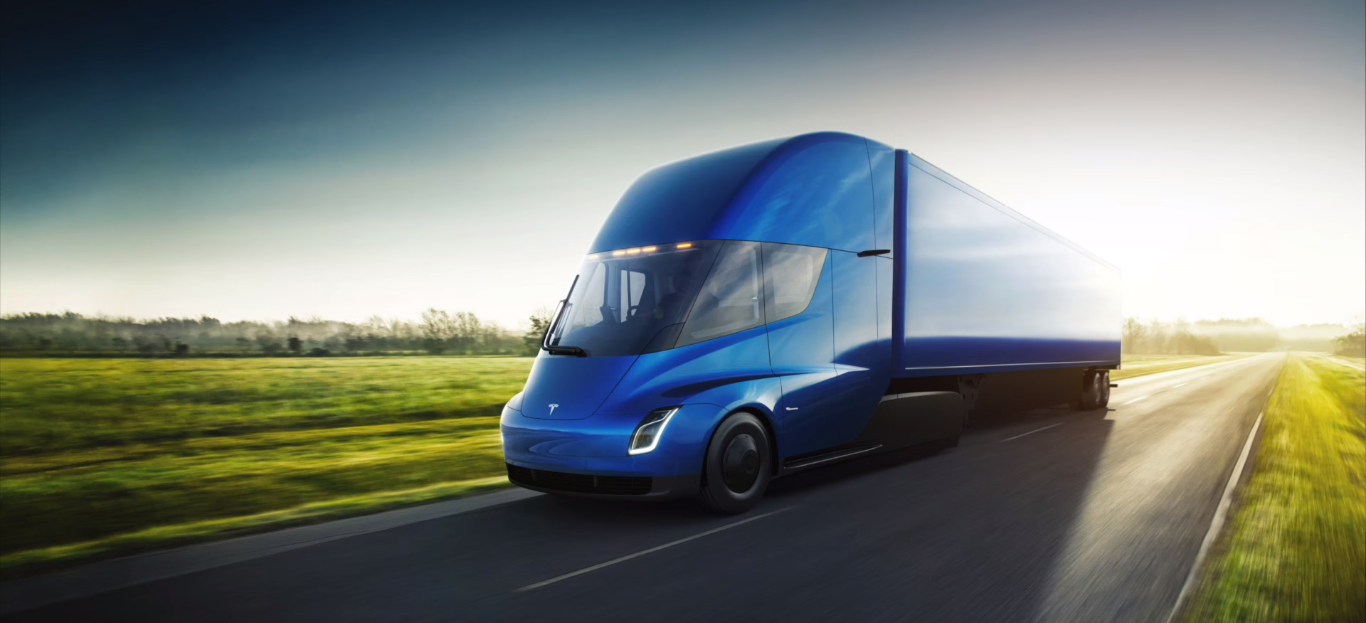
The technology for self-driving trucks is still under perfecting and it has to overcome certain obstacles, such as improving driverless software to make it able to efficiently operate on urban roads with heavy traffic. However, it’s one of the transportation future trends. In the long-term perspective, transportation businesses should prepare for upcoming technology changes in transportation and start equipping their trucks with self-navigating management systems that can «learn» from real drivers.
Due to artificial intelligence (AI) and myriad sensors, an AI-enabled vehicle can correctly evaluate road conditions and learn from how truck drivers behave under «unusual» conditions on the road. Through vehicle-to-vehicle (V2V) communication, trucks can share the learned information and make other vehicles smarter. Besides, the 5G technology spreading will catalyze the adoption of self-driving fleets. In the long-term, these vehicles can potentially become better drivers than human operators.
In fact, this future is even closer than it can seem. Tesla’s electric Semi truck have autopilot features which can greatly facilitate the driving process. Walmart, along with many other corporations, such as Pepsi, Asko, and Loblaw confirmed having ordered Tesla Semi trucks for their commercial needs.
Trend #6: Regulation Compliance
It will be more correct to say that regulatory compliance is a must rather than one of the latest trends in transportation. Commercial and public transport companies should stay up-to-date on recent requirements and regulations adopted, changed, or removed by any local, state, or federal government. Whether they are regulations regarding electronic logbooks, overtime, or safety rules, timely monitoring regulations will always be a trend.
Trend #7: Blockchain in Logistics
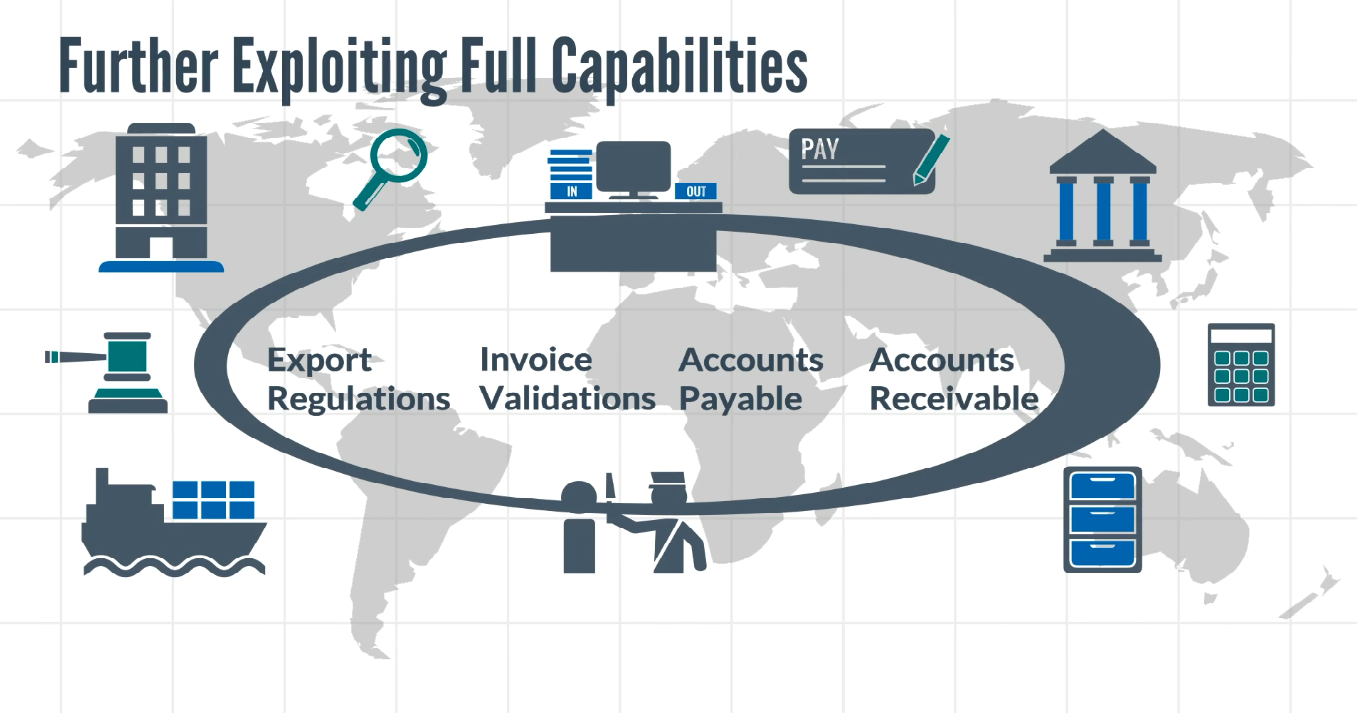
Blockchain is one of those transformative technology trends in distribution and transportation, that shape mobility and beyond. One of the perspective use cases for blockchain technology in trucking trends is ensuring the accuracy of performance history records. When a truck gets sold for the second time, potential customers may have questions about how this vehicle was used. Since blockchain transactions are immutable and transparent, all parties involved in a transaction can be sure that the information about the truck is trustworthy.
Another perspective use of blockchain in transportation is capacity monitoring. The cost of transportation depends on cargo volume. The use of Internet-of-things (IoT) sensors can help determine the amount of space a particular cargo occupies. This data can be used to calculate the shipment cost. Storing this information into a blockchain-based system signed with a smart contract will allow self-executing payments on a base of the amount of space taken by the freight.
Read about Cost optimization via transportation management system.
Trend #8: Address Delivery
The growth of E-commerce businesses leads to rising demand for address deliveries and transportation accessibility. Providing better service means being more competitive. Heavy trucking businesses should consider adding a fleet of small vehicles to conquer a bigger piece of the market. Therefore, optimization of the last mile deliveries is one of the transport and logistics industry trends.
Trend #9: Drone Delivery
Within a last-mile delivery focus tendency among both retailers and transportation companies, some companies already deliver packages to the citizens and companies by drones. At the end of 2016, Amazon first delivered an order to its customer using a drone. This delivery was conducted in England within Amazon’s new program called Prime Air which implied that a customer could get a package in 30 minutes. After Amazon’s success, various companies started investing in drone delivery to increase the cost-effectiveness of their business and customer experience as well.
In the EON of COVID-19 the contactless address delivery became the most popular and required of all the present-day transportation industry trends. It motivated even more companies to turn their eyes to this delivery option and start adopting it.
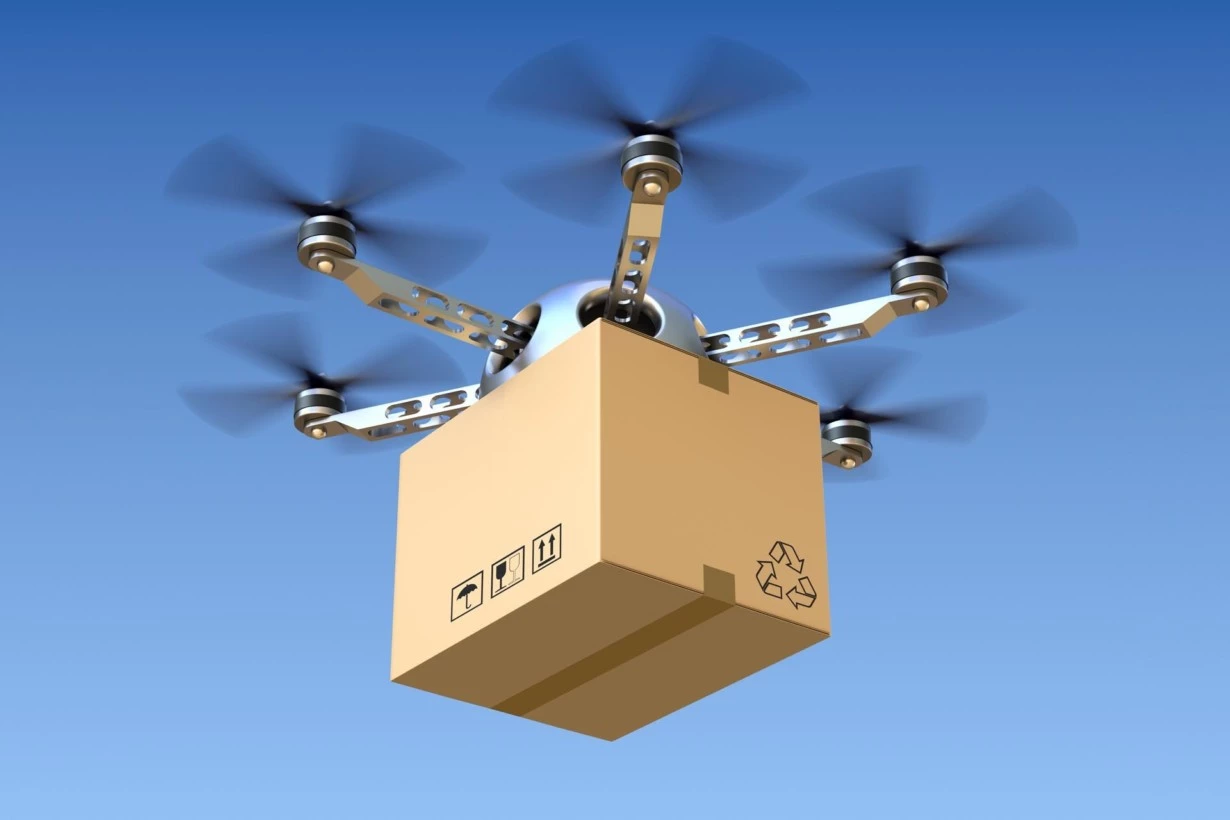
Our Experience in Transportation Software Development
We have recently fulfilled the project for a car rental website or service. The client came to us with his business idea and vision, and the Stfalcon team helped him to identify the needs of the users, study the mobile solutions of local competitors and market leaders, and develop scenarios of application use.
We also prepared screens design for the client and the driver, developed native apps for iOS and Android, created an API and a backend. In the process of development, we managed to create a complete set of flexible services for launching the new system on the market. This will allow the client to develop the business further and make the necessary alterations, optimizing, and scaling the system in the future.
Earlier, our transportation & logistics software development agency developed a service connecting cargo owners and cargo carriers in one system to complete mutually beneficial transactions on the transportation of grains and oilseeds.
Our company also dealt with crafting an online ticket sales service for Busfor. At the early stage, Stfalcon helped this company to enter the mobile market by creating apps for iOS and Android as fast as possible. As a result, the client got the system, which allows the users to purchase tickets for domestic and international travel online.
The other example to mention in the context of transport solutions is The Hump case. The key purpose set for the service was to save time by handling all the baggage-related procedures, starting from its delivery to the airport and finishing with getting a boarding pass and baggage tag.
Summary: What Transportation Trends Mean for 2025
With the increase in expenses of transportation companies (on fuel, auto parts, etc.) transportation companies should apply new methods and strategies to improve their efficiency and mobility. For the same purpose, they should go with the tides of modern transport industry technology trends, look ahead, and be ready to invest in equipping their fleet with smart devices and deploying modern technologies that facilitate deliveries.
Stfalcon has been working with transportation companies for about 14 years and we'll show you an overview of web apps for both cargo and passenger transportation businesses.
You can contact our experts at any time, discuss your project-to-be, and get a professional consultation.
Our team, in its turn, is ready to bring your idea to life and develop a software solution for the transportation industry you need. We know for sure how to make your product efficient and cost-effective.
To choose the right priorities for the successful development in the transportation segment, download Stfalcon’s latest whitepaper “Transport Innovations: What Your Business Really Needs”.

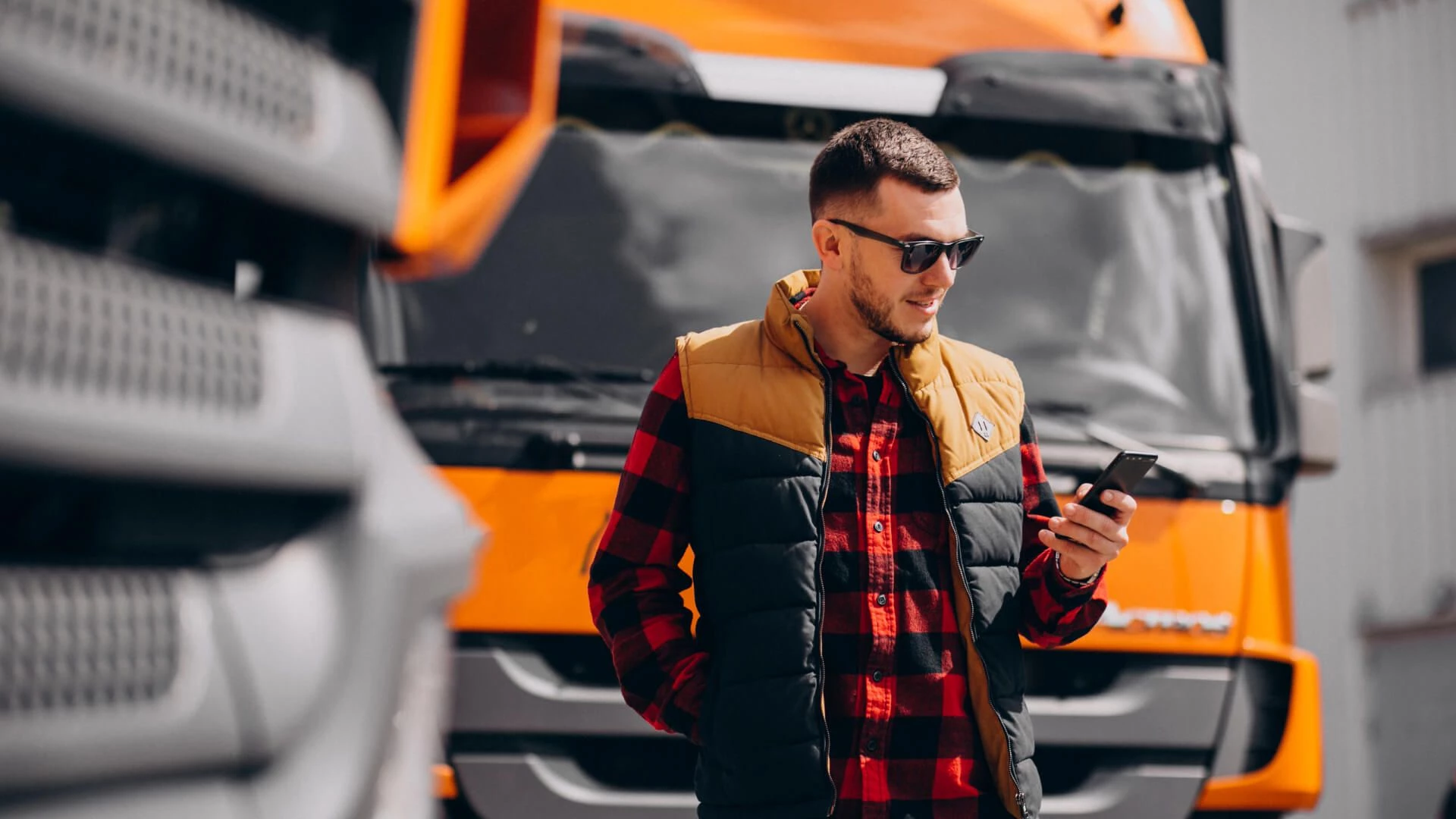 Read the full case study
Read the full case study
 Read the full case study
Read the full case study
 Read the full case study
Read the full case study

